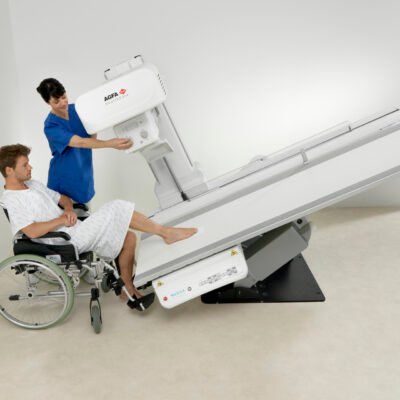Tirzepatide, a dual glucose-dependent insulinotropic polypeptide (GIP) and glucagon-like peptide-1 (GLP-1) receptor agonist, has garnered attention for its multifaceted effects on health. This comprehensive guide delves into the various effects of Tirzepatide, including its impact on blood sugar control, weight management, cardiovascular health, and safety considerations.
Understanding Tirzepatide
Tirzepatide’s Mechanism of Action: Tirzepatide activates both GIP and GLP-1 receptors, leading to enhanced insulin secretion, reduced glucagon secretion, delayed gastric emptying, increased satiety, and decreased appetite. This dual action results in improved blood sugar control, weight loss, and metabolic benefits.
Effects of Tirzepatide
- Blood Sugar Control: Tirzepatide is highly effective in improving blood sugar control in individuals with type 2 diabetes. It lowers fasting and postprandial blood glucose levels, reduces HbA1c levels, and enhances insulin sensitivity, leading to better overall glycemic management.
- Weight Management: One of the notable effects of Tirzepatide is its ability to promote weight loss. Clinical trials have shown significant reductions in body weight, waist circumference, and body fat percentage in individuals using Tirzepatide for weight management.
- Cardiovascular Benefits: Some studies suggest that Tirzepatide may have cardiovascular benefits beyond blood sugar and weight management. It may improve lipid profiles, reduce inflammation, and have positive effects on vascular health, potentially lowering the risk of cardiovascular events.
- Appetite Suppression: Tirzepatide’s dual action on GIP and GLP-1 receptors leads to appetite suppression and increased feelings of satiety. This can help individuals control food intake, make healthier dietary choices, and sustain weight loss efforts.
- Improved Insulin Sensitivity: Tirzepatide improves insulin sensitivity in peripheral tissues, allowing for better glucose uptake and utilization by cells. This contributes to reduced insulin resistance and improved metabolic function.
Dosage and Administration
- Starting Dosage: The recommended starting dosage of Tirzepatide varies depending on the indication (type 2 diabetes or weight management). For diabetes management, the starting dose is typically 2.5 mg once weekly, while for weight loss, a starting dose of 2.5 mg once weekly may be used.
- Titration: Healthcare providers may titrate the dosage based on individual response and tolerability. The dosage can be increased gradually in increments of 2.5 mg up to a maximum of 15 mg once weekly, as needed to achieve optimal therapeutic outcomes.
- Administration: Tirzepatide is administered via subcutaneous injection once weekly. Proper injection techniques, rotation of injection sites, and adherence to dosing schedules are important for maximizing the benefits of Tirzepatide therapy.
Safety Considerations
- Common Side Effects: The most common side effects of Tirzepatide include gastrointestinal symptoms such as nausea, vomiting, diarrhea, and abdominal discomfort. These side effects are usually transient and diminish over time.
- Hypoglycemia Risk: While Tirzepatide itself does not typically cause hypoglycemia (low blood sugar), the risk may increase when used in combination with other diabetes medications. Monitoring blood sugar levels and adjusting medication dosages are important to prevent hypoglycemic episodes.
- Long-Term Safety: Long-term safety data for Tirzepatide are still being studied. Healthcare providers carefully evaluate the risk-benefit profile and monitor for any potential adverse effects with prolonged use.
Conclusion
Tirzepatide offers a range of beneficial effects beyond blood sugar control and weight management. Its dual action on GIP and GLP-1 receptors Tirzepatide Effects leads to improved metabolic outcomes, appetite suppression, and potential cardiovascular benefits. Safety considerations, including common side effects and hypoglycemia risk, should be monitored closely during Tirzepatide therapy. Collaborative care between healthcare providers and individuals is crucial for optimizing outcomes and maximizing the benefits of Tirzepatide.





